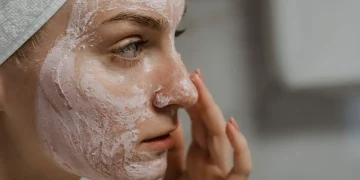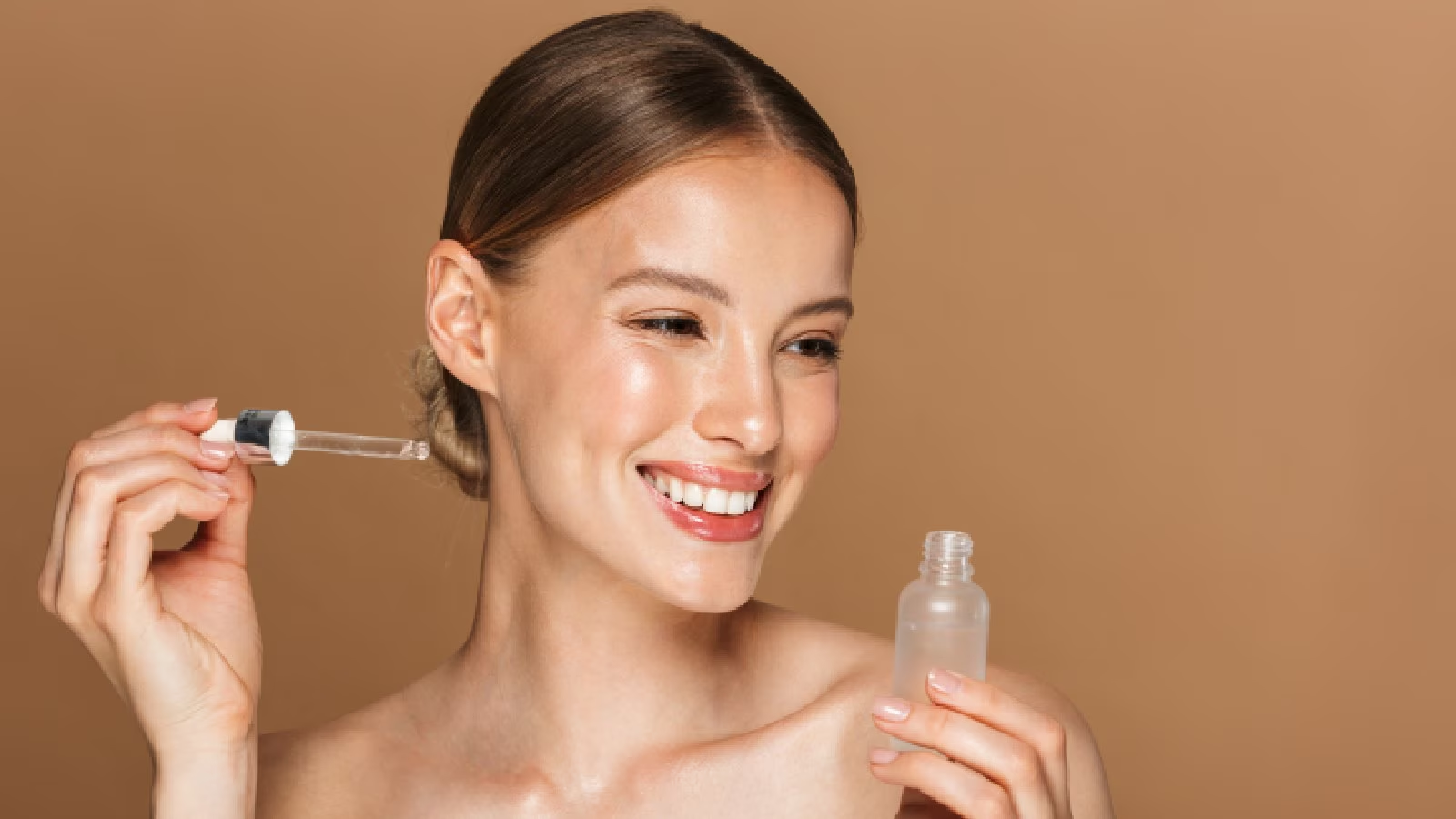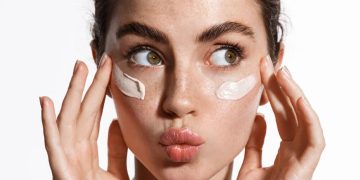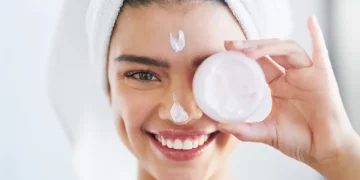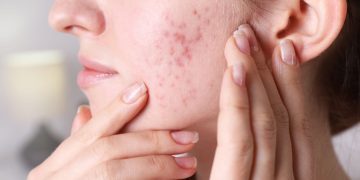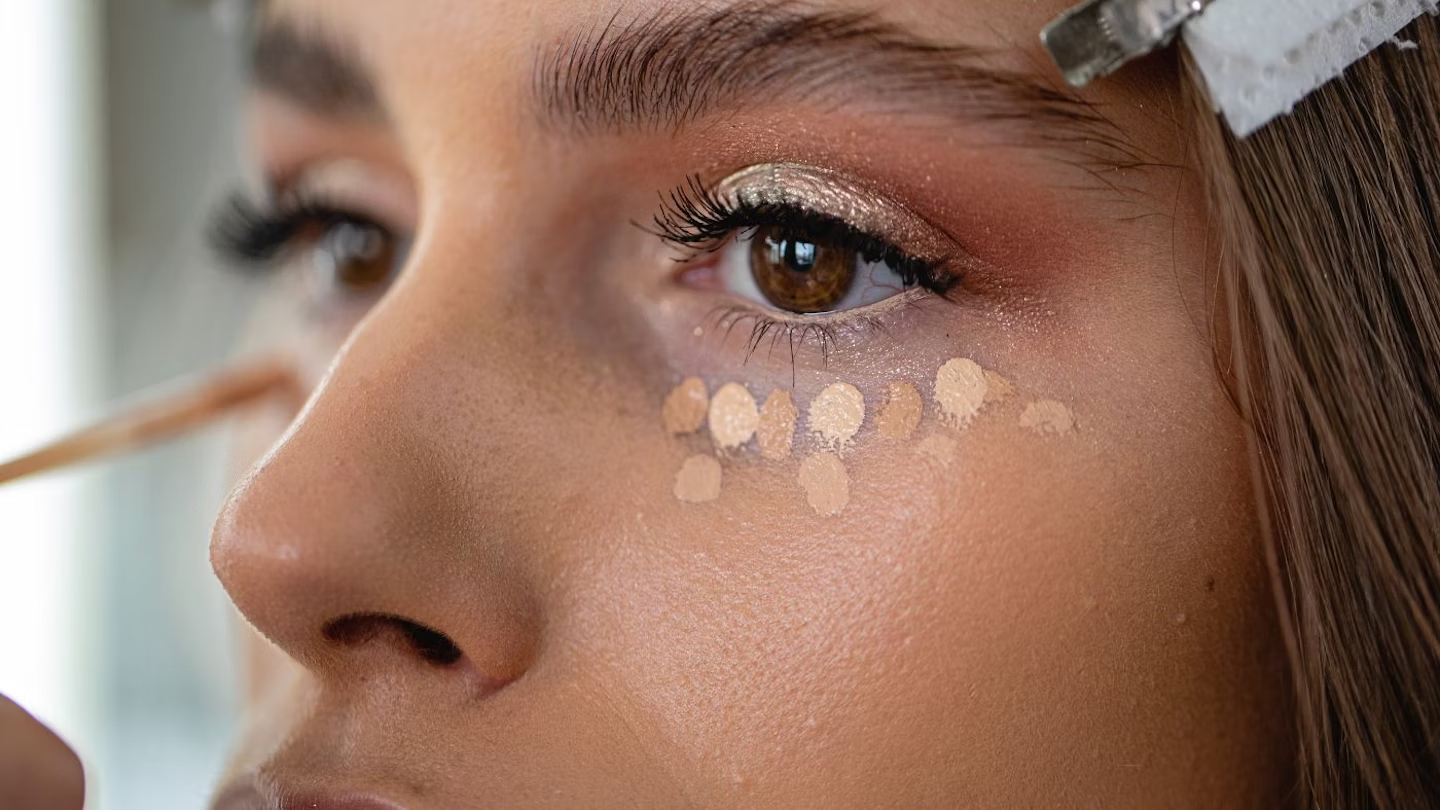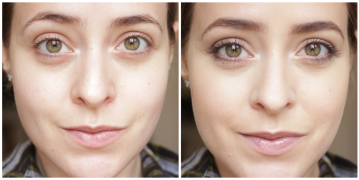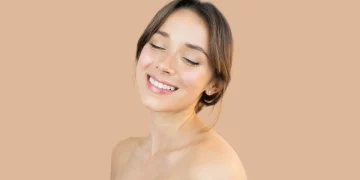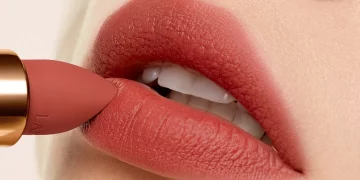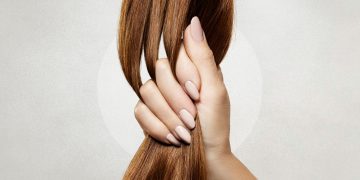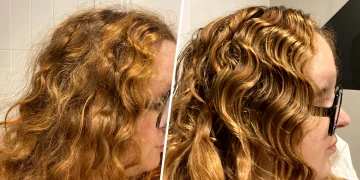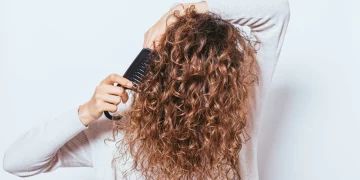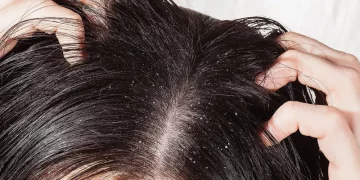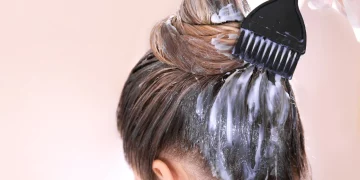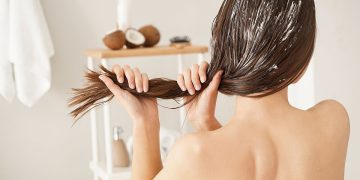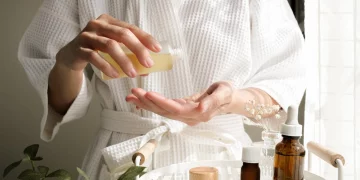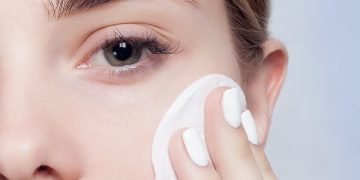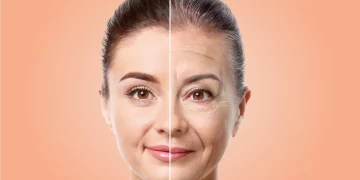Introduction
Makeup has the power to transform, enhancing features, concealing imperfections, and boosting confidence. However, the effectiveness of makeup is not just about the products used but also about how they’re applied. There’s a noticeable difference between makeup that looks effortless yet refined and makeup that appears heavy or poorly blended. In this article, we’ll explore the concept of “ineffective makeup” versus “effective makeup,” identifying key mistakes that lead to lackluster results and offering expert tips and techniques to help you elevate your makeup routine.
Makeup artistry, much like any other skill, requires practice, knowledge, and the right techniques. Whether you’re a makeup beginner or someone looking to refine your skills, mastering these techniques can dramatically enhance your look. So, how can you achieve a flawless, sophisticated appearance that elevates your features? Let’s delve into the key elements that define effective makeup.
What Is “Ineffective Makeup”?
“Ineffective makeup” typically refers to a makeup look that doesn’t enhance your features in the way you might have intended. It could be the result of poor application techniques, using the wrong products, or failing to understand your skin’s needs and undertones. Here are some characteristics of ineffective makeup:
- Patchy or Uneven Foundation: When foundation isn’t properly blended, it can look uneven, cakey, or patchy. This can occur due to the wrong shade, insufficient blending, or using a formula that doesn’t suit your skin type.
- Overdone Contouring or Highlighting: While contouring and highlighting can enhance facial features, doing it incorrectly can make your face look overly sculpted or unnatural. Harsh lines or mismatched shades often create an unflattering result.
- Clumpy Mascara: If mascara isn’t applied properly, it can result in clumps that make lashes look heavy and unnatural. This can be due to too many layers or using a formula that doesn’t separate lashes effectively.
- Too Much Powder: Using excessive amounts of powder can make the skin look dry, cakey, and lifeless. Over-powdering may also highlight fine lines or texture, creating a dull appearance.
- Unblended Eyeshadow: Eyeshadow that isn’t blended properly can create harsh lines and make the eye makeup look disjointed. Lack of proper blending can also make colors look muddy and unappealing.
What Is “Effective Makeup”?
“Effective makeup,” on the other hand, is about using makeup techniques that complement your natural features, enhance your complexion, and create a polished, flawless look. Here are the defining elements of effective makeup:
- Flawless Skin: Effective makeup always starts with a well-prepped, healthy canvas. This means using the right base products (foundation, concealer, and powder) that match your skin tone and texture while ensuring a smooth and seamless application.
- Natural Contouring and Highlighting: Contouring should subtly enhance the natural bone structure, and highlighting should bring attention to high points of the face in a natural, lit-from-within way. Effective contouring and highlighting should never be visible or harsh.
- Defined, Voluminous Lashes: Instead of clumping, effective mascara application separates and lengthens lashes, giving them a voluminous, fluttery look that opens up the eyes without looking overdone.
- Well-Defined Eyes: Eyeshadow, eyeliner, and brows should be blended well, creating smooth transitions of color. The makeup should complement the natural eye shape and enhance the eyes without looking too heavy or unbalanced.
- Soft, Natural Lips: Lips should look full and hydrated, with lipstick or gloss applied evenly. Overlining or excessive product can make lips look unnatural, so subtlety is key for an effective lip look.
Key Techniques to Elevate Your Makeup
Now that we’ve established the differences between ineffective and effective makeup, let’s dive into specific techniques that will help you achieve a more polished and refined look. These techniques will help you avoid common makeup mistakes and make your application more precise, flattering, and long-lasting.
1. Skin Preparation Is Key
The secret to a flawless base lies in skincare. Your skin needs to be properly hydrated and prepped before any makeup is applied. Even if you’re using high-end makeup, the result will be disappointing if your skin isn’t prepped correctly.
- Exfoliation: Regular exfoliation (once or twice a week) helps remove dead skin cells and gives your skin a smooth surface for makeup application.
- Moisturize: Hydrated skin creates a better foundation for makeup. A lightweight moisturizer works for most skin types, but if your skin is particularly dry, opt for a richer, more hydrating formula.
- Priming: Use a primer to smooth the surface of your skin and help makeup adhere better. If you have oily skin, a mattifying primer is ideal, while a hydrating primer is best for dry skin.
2. Perfecting Foundation Application
One of the most important aspects of effective makeup is ensuring your foundation looks seamless and natural.
- Choose the Right Shade: The foundation should match your skin tone and undertone. Test foundations along your jawline to find the best match.
- Use a Damp Sponge: A damp makeup sponge (like the Beauty Blender) helps to apply foundation evenly and provides a dewy finish. Press it into the skin rather than rubbing or streaking.
- Apply in Thin Layers: Start with a thin layer of foundation and build it up if necessary. This will avoid a cakey finish and give you a more natural, breathable look.

3. Subtle Contouring and Highlighting
Contouring doesn’t have to involve harsh lines; the goal is to subtly enhance your natural bone structure.
- Cream or Powder Contour: For a more natural effect, opt for a cream contour, which blends into the skin more smoothly. Use a shade a few tones darker than your natural skin color to sculpt areas like your cheekbones, jawline, and nose.
- Blend, Blend, Blend: The key to effective contouring is blending. Always use a beauty sponge or contour brush to blend out the product, ensuring there are no harsh lines.
- Highlighting: Use a highlighter with a sheen, not shimmer, for a more natural, lit-from-within glow. Apply it to the high points of your face—tops of cheekbones, bridge of the nose, brow bone, and cupid’s bow.
4. Eyeshadow and Eyebrow Perfection
When it comes to eyes, blending is everything.
- Blending Eyeshadow: Apply eyeshadow in soft, buildable layers, starting with lighter shades and gradually adding deeper tones. Use a clean blending brush to seamlessly blend the shades together, avoiding harsh lines.
- Liner and Mascara: A well-defined eyeliner enhances the shape of your eyes. For a more natural look, opt for brown eyeliner instead of black, as it appears softer. To avoid clumping, use a mascara that separates and volumizes without weighing lashes down.
- Brow Definition: For natural yet defined brows, fill in sparse areas with a brow pencil or powder, and use a spoolie to blend the product for a more natural look.
5. Choosing the Right Lip Color
Effective lip makeup enhances the natural lip shape and complements your overall look.
- Lip Liner: If you’re looking for defined lips, use a lip liner that matches your natural lip color or the lipstick shade. Overlining should be subtle; only slightly enhance the shape to avoid a fake or exaggerated appearance.
- Lipstick or Gloss: Choose a lipstick or gloss that flatters your complexion. For a more natural look, go for nude or soft pink tones. Matte formulas can be long-lasting, while glosses provide a dewy finish.
Conclusion
The difference between “ineffective makeup” and “effective makeup” largely lies in the application techniques and product choices. While ineffective makeup can leave you feeling frustrated, ineffective techniques can lead to cakey, uneven, or harsh results. On the other hand, effective makeup enhances your natural beauty, bringing out your best features and leaving you with a polished, radiant appearance.
To master the art of makeup, focus on proper skin preparation, blending techniques, and subtle enhancement of your features. Remember, makeup is a tool for expression and creativity, but understanding the fundamentals of effective application is what will truly elevate your look. Whether you’re going for a natural everyday look or a bold evening glam, refining your skills will make a significant difference in how your makeup turns out. Practice, patience, and a few key techniques will help you achieve a more sophisticated, flawless appearance every time.

